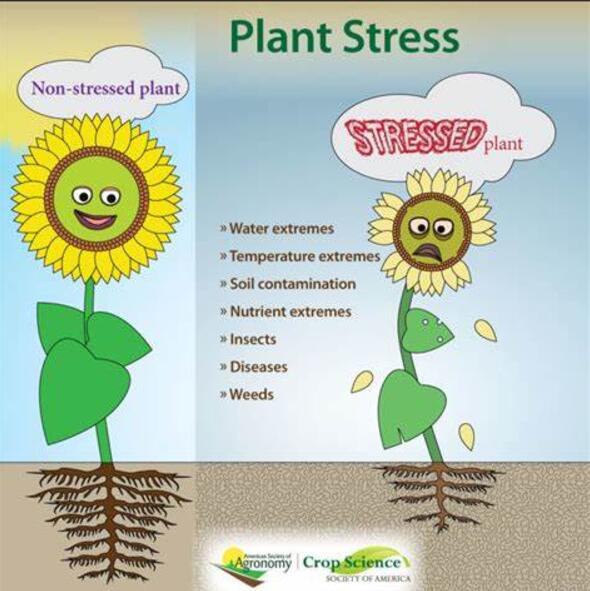Transcriptomic and metabolomic insights into temperature-dependent changes in catechin and anthocyanin accumulation in tea plants with different leaf colors
IF 6.8
Q1 PLANT SCIENCES
引用次数: 0
Abstract
Tea (Camellia sinensis) is a globally important cash crop, with a variety of kinds depending on colors and constituents. Temperatures influence leaf color and secondary metabolite accumulation in tea plants and thus it is worth investigating global metabolic and transcriptomic changes in different tea cultivars under different temperature regimes. In this study, the dynamic changes in key genes and secondary metabolites were analyzed in the purple-leaf tea cultivar ‘Zijuan’ (ZJ) and the green-leaf cultivar ‘Longjing 43’ (LJ) under four temperature conditions (15 °C, 20 °C, 25 °C, and 35 °C), employing RNA-sequencing and targeted metabolomics (UPLC-GC/MS). Results showed that anthocyanin content in ZJ was significantly higher at 15 °C and 20 °C than at 25 °C and 35 °C, suggesting that low temperatures strongly enhance anthocyanin synthesis. In contrast, LJ exhibited greater catechin accumulation at lower temperatures, especially at 15 °C and 20 °C, where the relative content of key compounds was significantly higher than at 25 °C. Low temperatures enhanced the expression of ANTHOCYANIDIN SYNTHASE (ANS) in ZJ while inhibiting the expression of ANTHOCYANIDIN REDUCTASE (ANR) and LEUCOANTHOCYANIDIN REDUCTASE (LAR). Nonetheless, all three genes were suppressed by high temperatures in ZJ. In LJ, the expression of ANS, ANR, and LAR showed similar trends under both low and high temperatures, suggesting that the metabolic responses to temperature changes are more consistent in LJ. Weighted gene co-expression network analysis (WGCNA) identified key transcription factors that are significantly positively correlated with catechin and anthocyanin accumulation, including bHLH (CSS0002807), NAC (CSS0035736), AP2/ERF (CSS0000647), MYB (CSS0000220), MYB (CSS0002706), and WRKY (CSS0024910). Overall, this study provides novel insights into the secondary metabolite response mechanisms of tea plants under different temperatures and offers theoretical support for the breeding and selection of new tea cultivars.

求助全文
约1分钟内获得全文
求助全文
来源期刊

Plant Stress
PLANT SCIENCES-
CiteScore
5.20
自引率
8.00%
发文量
76
审稿时长
63 days
期刊介绍:
The journal Plant Stress deals with plant (or other photoautotrophs, such as algae, cyanobacteria and lichens) responses to abiotic and biotic stress factors that can result in limited growth and productivity. Such responses can be analyzed and described at a physiological, biochemical and molecular level. Experimental approaches/technologies aiming to improve growth and productivity with a potential for downstream validation under stress conditions will also be considered. Both fundamental and applied research manuscripts are welcome, provided that clear mechanistic hypotheses are made and descriptive approaches are avoided. In addition, high-quality review articles will also be considered, provided they follow a critical approach and stimulate thought for future research avenues.
Plant Stress welcomes high-quality manuscripts related (but not limited) to interactions between plants and:
Lack of water (drought) and excess (flooding),
Salinity stress,
Elevated temperature and/or low temperature (chilling and freezing),
Hypoxia and/or anoxia,
Mineral nutrient excess and/or deficiency,
Heavy metals and/or metalloids,
Plant priming (chemical, biological, physiological, nanomaterial, biostimulant) approaches for improved stress protection,
Viral, phytoplasma, bacterial and fungal plant-pathogen interactions.
The journal welcomes basic and applied research articles, as well as review articles and short communications. All submitted manuscripts will be subject to a thorough peer-reviewing process.
 求助内容:
求助内容: 应助结果提醒方式:
应助结果提醒方式:


